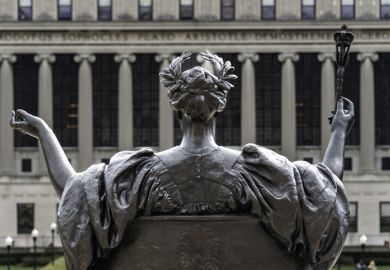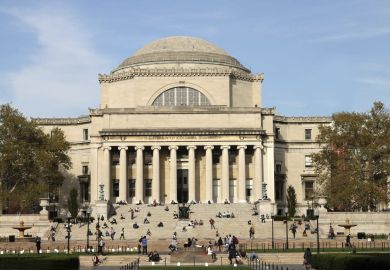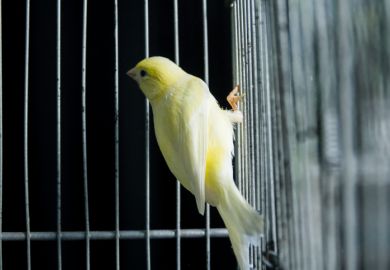Academics have proved very willing to give their support to “an underground fine art MA” set up by students “as a pragmatic response to the current system, and as a protest against it”.
It all started with a discussion over social media. Fifteen young artists, all but one of whom had studied fine art at university, wanted to continue their art education but realised that they couldn’t afford the fees. The only option was to take matters into their own hands and set up the “School of the Damned”.
“It reflects a real urgency,” student Clare Rees-Hales said. “We are passionate about what we do but don’t have the luxury of pursuing the further education we wanted, so we’re doing it for ourselves without support.”
Since the end of last year, therefore, they have met for monthly one-day seminars on Sundays, where three students present their work for others to discuss and critique.
At least two academics also take part, while other scholars on a board of advisers suggest a text or theme for theoretical discussions on Tuesday evenings. The group has already mounted an interim exhibition.
Submitting their work to the scrutiny of academics and peers, Ms Rees-Hales said, was “very challenging to what we do, not a hand-holding exercise but a critical dialogue, and a good platform for helping us make more informed decisions about our practice”.
But how has the school been so successful in persuading what its website calls its “captured academic advisers” to get involved in a non-accredited course?
“Our undergraduates are burdened with debt and multiple jobs as they jostle for dwindling career opportunities with little time left for critical thinking and creative development,” said Pil and Galia Kollectiv, lecturers in fine art at the University of Reading.
“We continue to hope that such initiatives will not be necessary in the future, but as long as higher education continues to close its doors to all but the wealthiest, we will support them.”
At early meetings, however, the Kollectivs stressed that “there was no such thing as free education, and that if education was not state-funded it meant that the burden was being shifted from students to unpaid lecturers”.
“We were also worried that these so-called free initiatives would end up justifying the government’s decision to destroy state-funded avenues of social mobility like education.”
Such discussions led the school to institute a system of “labour exchange”, with each student giving a day of their time to edit videos or help out in studios as “payment” for lecturers’ involvement.
Jonathan Callan, an artist who has taught at a number of art schools and was a visiting lecturer at the Royal College of Art earlier this year, said he was happy to be a tutor, believing that the school offers something “very similar to the best aspects of what should be done in art schools, although it’s happening less and less”.
“The main thing you need is an environment for constructive in-depth discussion,” he said. “You can have great art schools without technical facilities, but you need staff with enough time to engage with each student’s work.”
Register to continue
Why register?
- Registration is free and only takes a moment
- Once registered, you can read 3 articles a month
- Sign up for our newsletter
Subscribe
Or subscribe for unlimited access to:
- Unlimited access to news, views, insights & reviews
- Digital editions
- Digital access to THE’s university and college rankings analysis
Already registered or a current subscriber? Login




